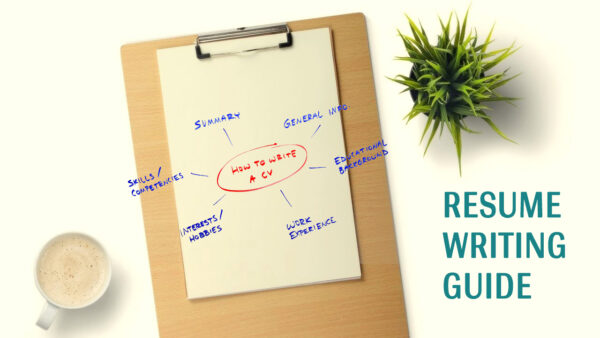Here are the step-by-step guide on how to write your first professional resume that can increase your chances of getting selected:
11 First Resume writing guide
1. Gather Your Information – The first step to creating a professional resume is to gather all the necessary information that you will need including your contact information, education, skills, work experience, and any certifications or awards you have received.
2. Choose a Format – Before you start writing, you need to choose a format for your resume. There are three main types of resume formats: chronological, functional, and combination. Chronological is most common, with your work experience listed in reverse chronological order (most recent first), while functional organizes your skills by category rather than job while the combination will use both.
3. Write a Strong Heading – The heading should be placed at the top of your resume, and it should include your full name, address, phone number, and email address. You can use bold or a larger font to make it stand out.
4. Write a Professional Summary Statement – Write a brief 2-3 sentence professional summary about yourself that highlights your key skills and achievements and what you can bring to the table as an employee.
5. Add Your Education – List your educational qualifications starting with your most recent degree or certification. Include the name of the institution, the degree/certification, and the year you graduated.
6. List your Relevant Employment Experience – In reverse chronological order, list your employment experience starting with your most recent work experience. For each job, include your job title, the name of the company, dates of employment, and a brief job description.
7. Highlight Your Skills – Include a section that highlights your skills, including both technical and soft skills that are relevant to the job you are applying for. Use bullet points to make it clear and concise.
8. List your Achievements – Use this section to highlight any achievements you made in your previous roles or academic endeavors that demonstrate your abilities.
9. Include Any Certifications, Accreditations or Awards – If you have any relevant certifications, accreditations, or awards, include them in a separate section to showcase your skills and accomplishments.
10. End with References – End your resume by listing your professional references, including their name, job title, and contact information.
11. Review and Edit – Before sending your resume, make sure to review and edit it thoroughly for spelling and grammatical errors, formatting issues, and clarity. A well-polished resume can make a significant difference in your chances of getting selected.
By following these steps and tailoring your resume to the specific job that you are applying for, you can create a professional and effective resume that showcases your abilities and increases your chances of getting selected for an interview.






